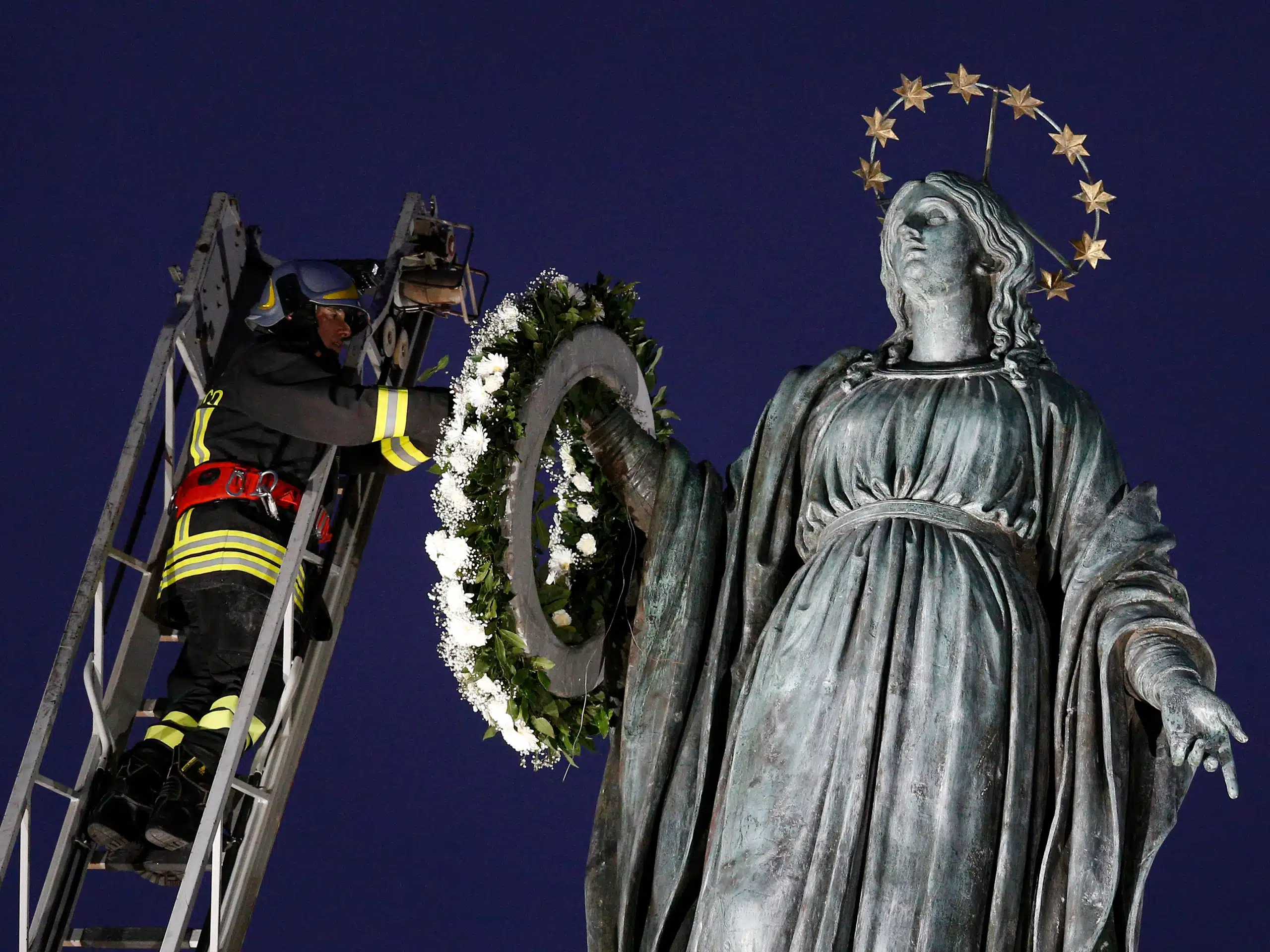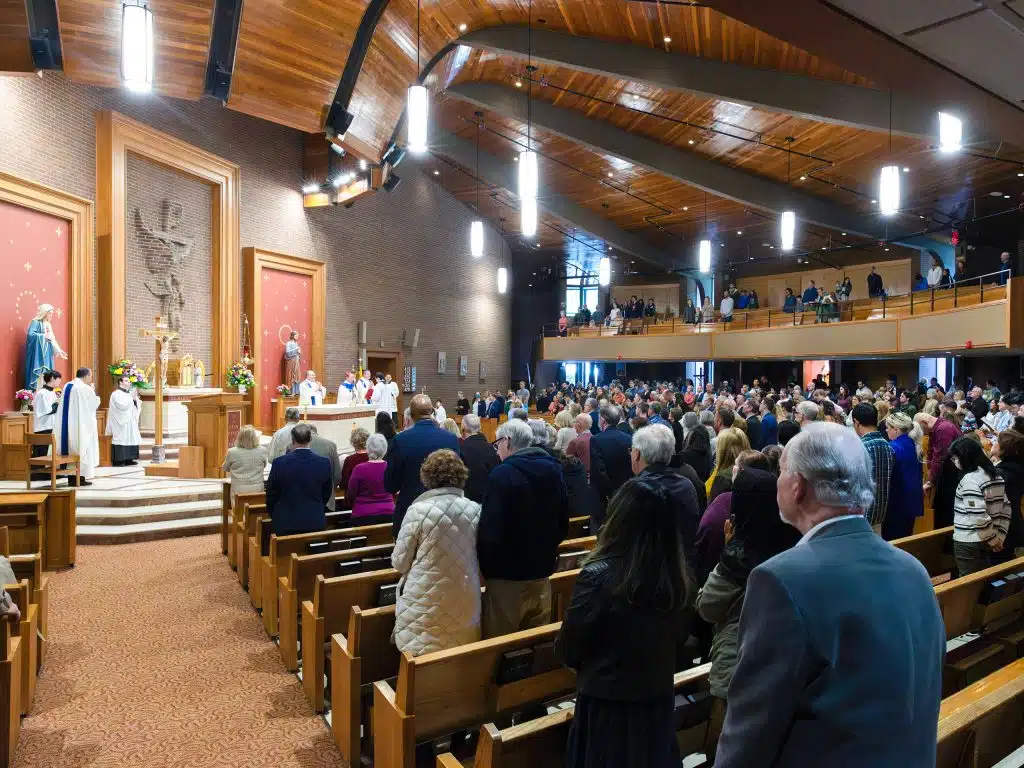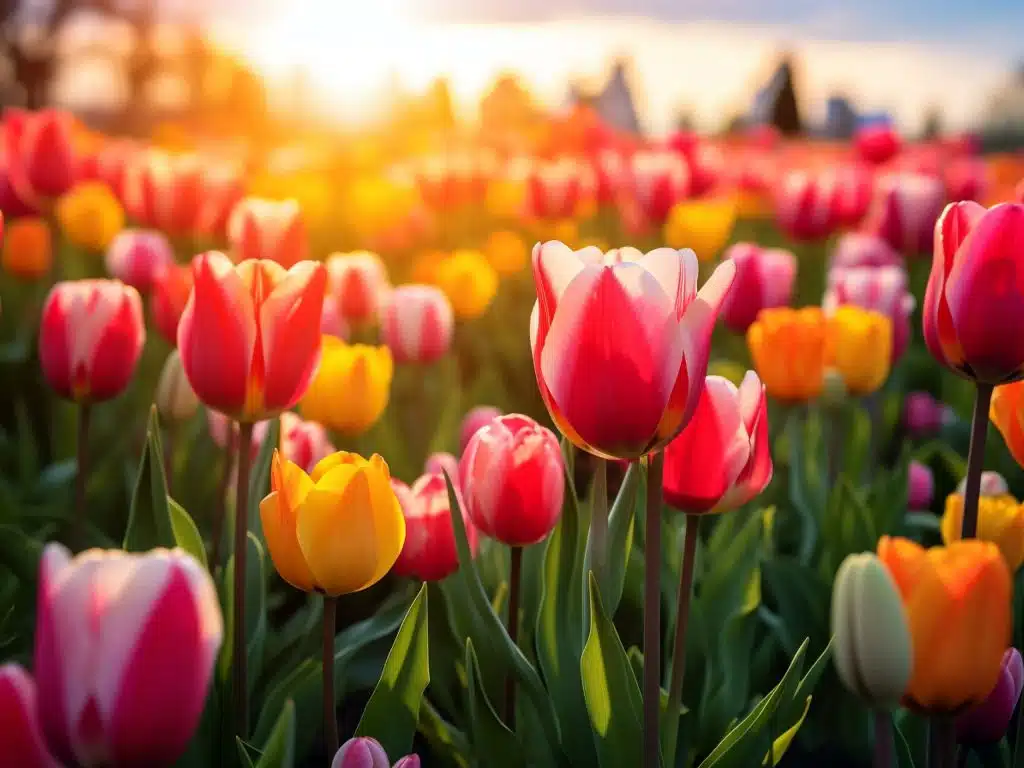Advent signals that Christmas Day nears. What must the first Advent have been like, especially for Mary?
She knew from the message delivered by the Archangel Gabriel that the holy Child within her was “the Son of the Most High.” Given her Jewish background, Our Lady knew exactly his identity: the long-awaited Messiah. In time, she would call him “Jesus.”
Although we rightly think of the Annunciation as Mary’s intense encounter with God, she already knew him well — and he, her.
Every Dec. 8, during Advent, the church solemnly turns to the mystery of the Immaculate Conception.
Pope Blessed Pius IX (1846-78) declared in his Apostolic Constitution, “Ineffabilis Deus” (The Ineffable God), of Dec. 8, 1854: “The most blessed Virgin Mary, in the first instant of her conception, was by the singular grace and privilege of Almighty God, in view of the merits of Jesus Christ, Savior of the human race, preserved immune from all stain of Original Sin. This doctrine is revealed by God and therefore must be firmly and constantly believed by all the faithful.”
The Lord prepared Our Lady to become the mother of God from the first moment of her existence. He shielded her from original sin. She did not inherit, as we did, the transgression of our parents, Adam and Eve.
God firmly established a loving, grace-filled relationship with this Mary of Nazareth well before the Annunciation.
What God did for the very young Mary underscores the fact that human life does begin at conception. Our Blessed Mother was not preserved from original sin before she came to be. Exactly when her existence began, God worked his miracle that we eagerly cherish and refer to as the “Immaculate Conception.”
We gain much whenever we mull over the dogma of the Immaculate Conception. By meditating on and striving to penetrate what God did for Mary, we obtain fresh insights into the Lord’s goodness, the Virgin’s holiness, and human life’s beauty and splendor, even in its preborn state.
Our Lady spent the first Advent preparing for the birth of Jesus. The sinless Mary readily sacrificed herself in prayer, solitude, mortification and service, especially to her kinswoman, Elizabeth.
In his Encyclical, “Fulgens Corona” (The Radiant Crown of Glory), dated Sept. 8, 1953, Pope Pius XII (1939-58), recognizing the outstanding character of the woman who was “full of grace” (Lk 1:28), repeated the honorifics that the Fathers of the Church had freely bestowed upon Our Blessed Lady: “Lily Among Thorns; Land Wholly Intact; Immaculate; Always Blessed; Free from all Contagion of Sin; Unfading Tree; Fountain Ever Clear; The One and Only Daughter Not of Death But of Life; Offspring Not of Wrath But of Grace; Unimpaired and Ever Unimpaired; Holy and Stranger to All Stain of Sin; More Comely than Comeliness Itself; More Holy than Sanctity; Alone, Holy Who, Excepting God, Is Higher than All; By Nature More Beautiful, More Graceful and More Holy than the Cherubim and Seraphim Themselves and the Whole Hosts of Angels.”
And we delight with the esteemed St. Bonaventure, bishop and Doctor of the Church (1221-74), in offering further veneration to Our Lady: “Mary the Virgin is the advocate of sinners and the glory and the crown of the just. She is the spouse of God, the abode of the Trinity and the most special resting place of the Son.”
God spared nothing in demonstrating his love for Mary. And she cut no corners in preparing for the coming of Christ.
Now, we pull out the stops in thanking God for the sinless Mary, whose praises we gladly sing.
Msgr. Mangan is on the faculty of Mt. St. Mary’s Seminary in Emmitsburg.



The Good Shepherd